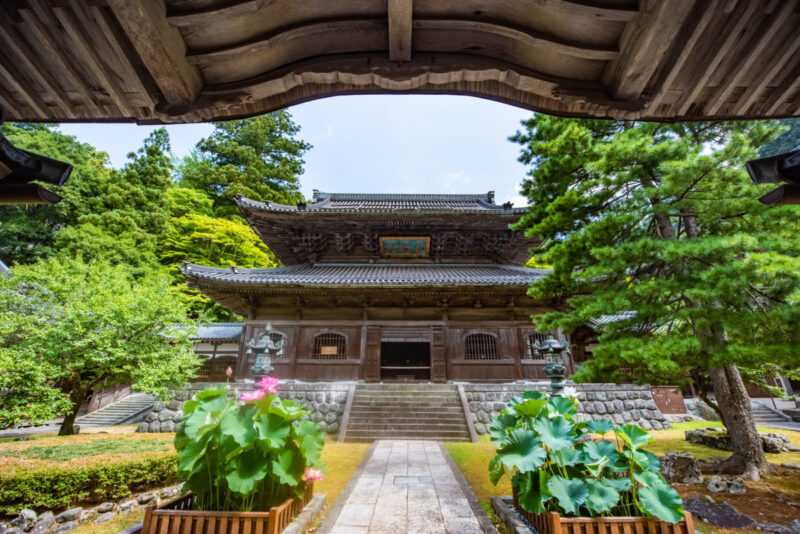
Find Your Zen at the Headquarters of Soto Buddhism The “Temple of Eternal Peace”, Japan’s
Entrepreneurs and global business leaders consider Zen meditation to be a great way to reduce stress. Even Apple's founder Steve Jobs found the practice helpful. Visitors can try this practice for themselves at Shunkoin, located in Kyoto at Japan's largest Zen Buddhist temple, Myoshinji. At Shunkoin, you can experience zazen and sado * in English.

Ryoanji Temple Hours & Best Time to Visit Kyoto's Zen Rock Garden
It's a small Zen temple, but nevertheless worth a visit. Useful information: Address: 526 Shimokawara-cho, Kodai-ji, Higashiyama-ku, Kyoto. Entry fee: 600 yen. Open: 9am to 5:30pm. Discover more Temples and Shrines in Kyoto. Kyoto, the city with 1,000 temples, is home to some of the most beautiful Zen temples in the country.
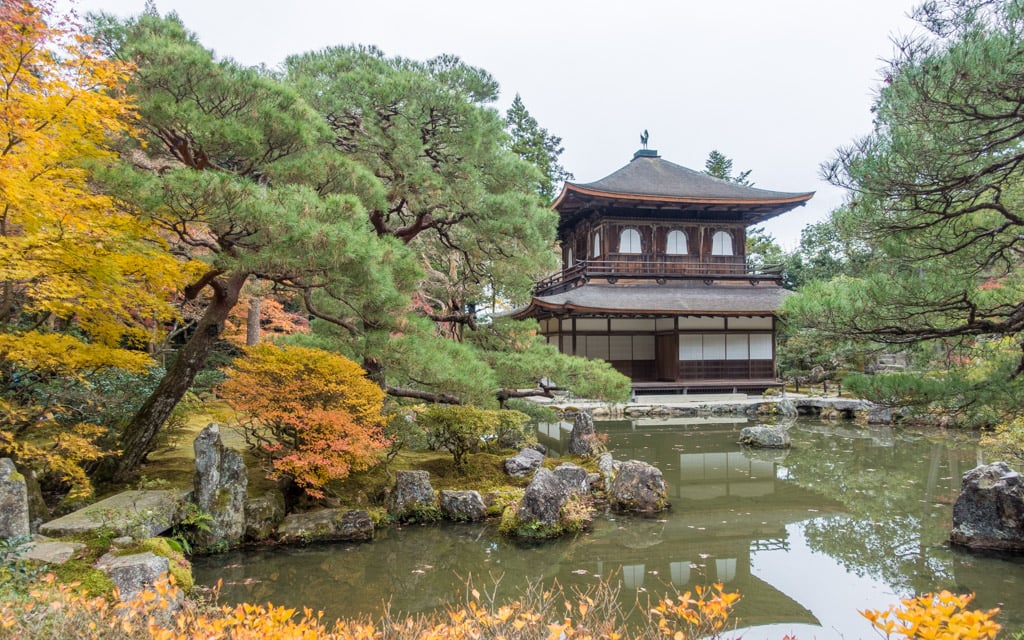
13 amazing Buddhist temples in Japan you should not miss
Soto Zen Temples. Organization and Temples Outside Japan. Soto Zen Temples for Foreigners in Japan. Touring Venerable Temples of Soto Zen Buddhism in Japan. If you would like to visit a temple in Japan, here is a list of temples that have Zazen practices, and have people that can speak English. A.
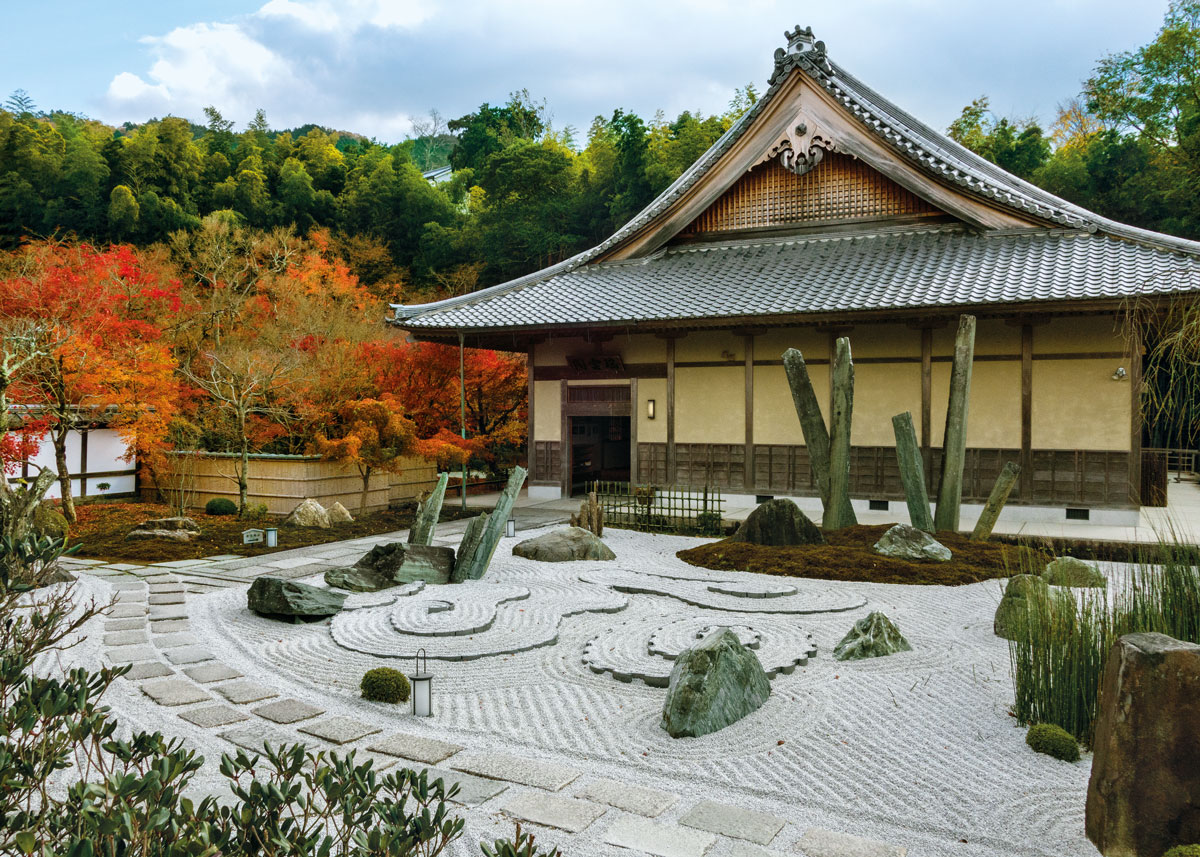
[PDF] Houses And Gardens Of Kyoto telone
This is an authentic Zen experience held at a real Buddhist temple and a great way to get in touch with Japanese spirituality right at the source. Practice zazen meditation, listen to the monks recite sutras, and read from the sacred texts yourself to discover the true heart of Zen. This experience is a great way to escape the hustle and bustle.
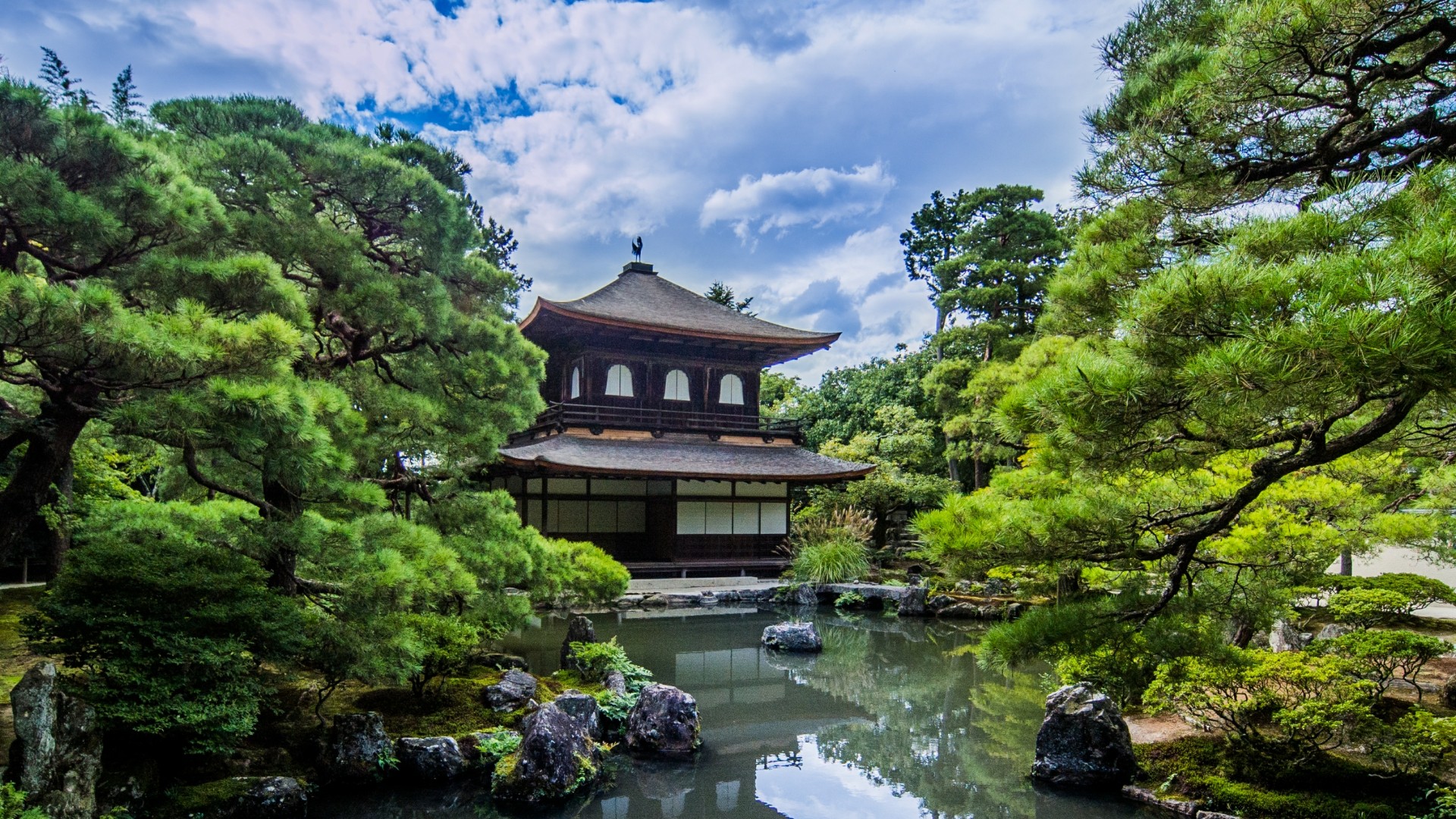
Ginkakuji Zen temple, Japan backiee
3. Rinzai Myoujinji Tokyo Zen Center. The details of the zazen experience are as below. [Hours] Tuesday: 1:30PM - 3:30PM Saturday: 3:00PM - 5:00PM *You need to make a reservation in advance. [Location] Tokyo Zazen Center [Fees] 500Yen (Application necessary) [Address] Ryuunji Assembly Hall 3-37-2 Nozawa, Setagaya-ku, Tokyo-to. Tokyo Zen Center.

Goldener Pavillon, Ein Zenbuddhistischer Tempel in Kyoto, Japan Stockfoto Bild von landschaft
The beautiful Daihonzan Kofukusan Kencho-ji Temple is considered one of the "Five Great Zen Temples of Kamakura," and is one of the oldest Zen training monastery in Japan. Kamakura is very close to Tokyo, which makes this particular facility pretty easy to get to! It offers zazen sessions to visitors on Friday and Saturday evening. The Rinzai Zen temple was completed in 1253 and consists of a.

Eiheiji Zen Buddhist temple in Japan. Founded by Zen master Dogen Zenji. (Bob and I stayed
Zuiryu-ji is an exquisite temple in Toyama Prefecture that holds immense historical significance and is a national treasure of Japan. This temple is a must-visit attraction for anyone traveling to Takaoka. The temple's stunning architecture, vast and well-maintained grounds, and a grand Buddha statue are the main highlights of this place. The layout of the…

Kenninji is a historic Zen Buddhist temple in Higashiyama, Kyoto, Japan, near Gion and is
Zazen: Zen Meditation Sessions. When visiting a Zen temple for an extended experience, it is common to participate in zazen. This seated meditation lies at the core of Zen philosophy. This practice generally involves sitting on a zafu, a type of Japanese cushion, on the floor, cross-legged, with a straight posture. Your eyes should look down.

Questi sono i migliori templi e santuari di Kyoto Flonchi
Eihei-ji (永平寺) is one of two main temples of the Sōtō school of Zen Buddhism, the largest single religious denomination in Japan (by number of temples in a single legal entity). Eihei-ji is located about 15 km (9 mi) east of Fukui in Fukui Prefecture, Japan.In English, its name means "temple of eternal peace" (in Japanese, 'ei' means "eternal", 'hei' means "peaceful", and 'ji' means.
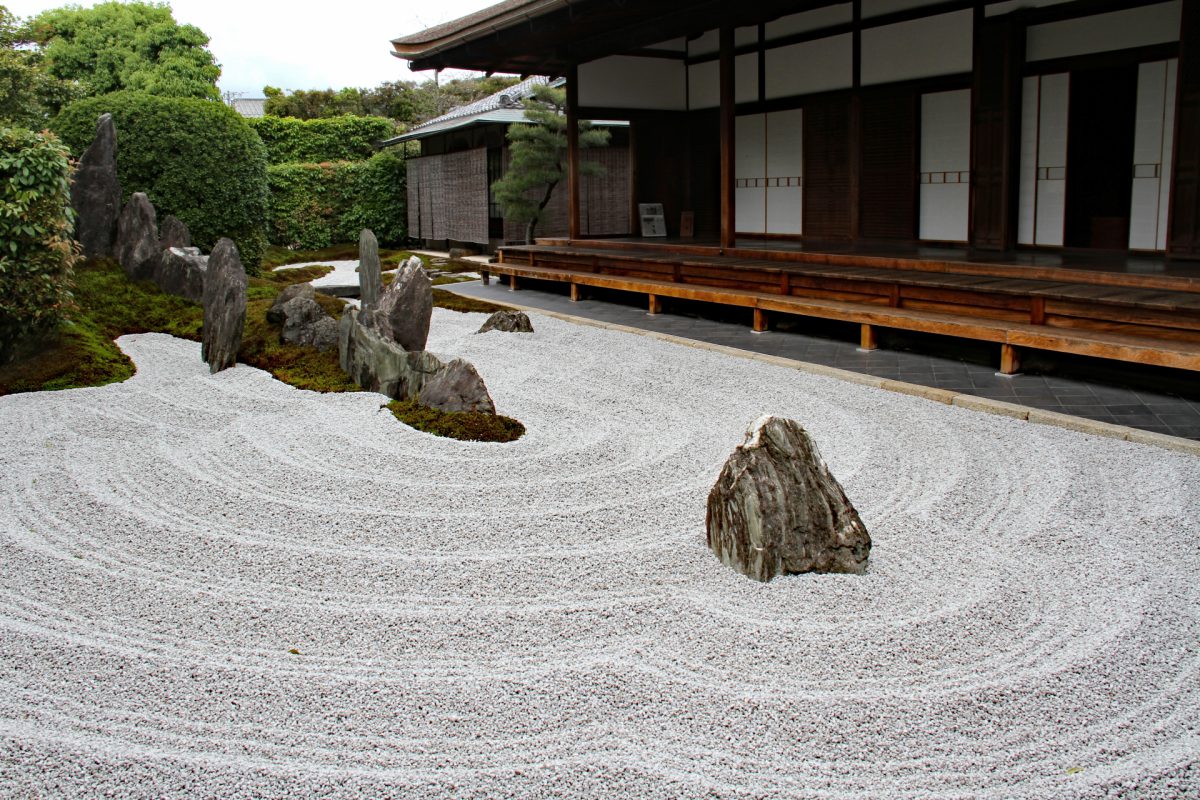
5 Best Zen & Rock Gardens in Kyoto Japan Wonder Travel Blog
113 likes. Add a comment. Shōfuku-ji was erected in 1195 after the first shōgun of the Kamakura shogunate, Minamoto no Yoritomo (源頼朝), gave the land to Yōsai (栄西禅師), the founder of the Japanese Rinzai school of Zen Buddhism. At the time, seven buildings were constructed on the 900-meter-square precinct. At its peak, it was.

Pin on Shōdenji A Zen Temple With A Bloody History Kyoto, Japan.
The Zen temples of Kamakura. Hojo Tokiyori was the first regent to found a Zen temple, Kenchô-ji. Built in 1234, it is the first of the "Five temples of the mountain". In its beginnings, it was directed by a great Chinese master. Hojo Tokimune, the son of Tokiyori, who succeeded him, erected Engaku-ji in 1282 to pray for the soldiers who died.

Ryoanji Temple Hours & Best Time to Visit Kyoto's Zen Rock Garden
Daihonzan EIHEIJI. RULES FOR VISITORS. 5-15 Shihi Eiheiji-cho Yoshida-gun Fukui-ken 910-1228, Japan. Tel : 0776-63-3188.

Temple in the middle of Kyoto • /r/japanpics Japanese zen garden, Zen garden, Japanese garden
In 1282, it was officially founded as a Rinzai School ZEN temple by Iko Donen (posthumous Buddhist name Daiko-Zenshi). TOKOZENJI was moved to its current location in Kamariya during the Onin era (1467-69). It has been standing quietly in the small, mountainous area of Kamariya with elegance and dignity ever since, bearing a deep history as one.

Zen temple in Japan fall stock image. Image of temple 46967477
Rinshoin Zen Temple - Japan - Zen Meditation in the middle of the great city of Tokyo. Abt Reding 19. June 2023 Japan - Korea. Rinshoin is a large and historically significant Rinzai Zen temple in the heart of Tokyo, right next to Tokyo University and not far from Ueno Park. Rinshō-in is associated with the Myōshin-ji branch of Rinzai Zen.
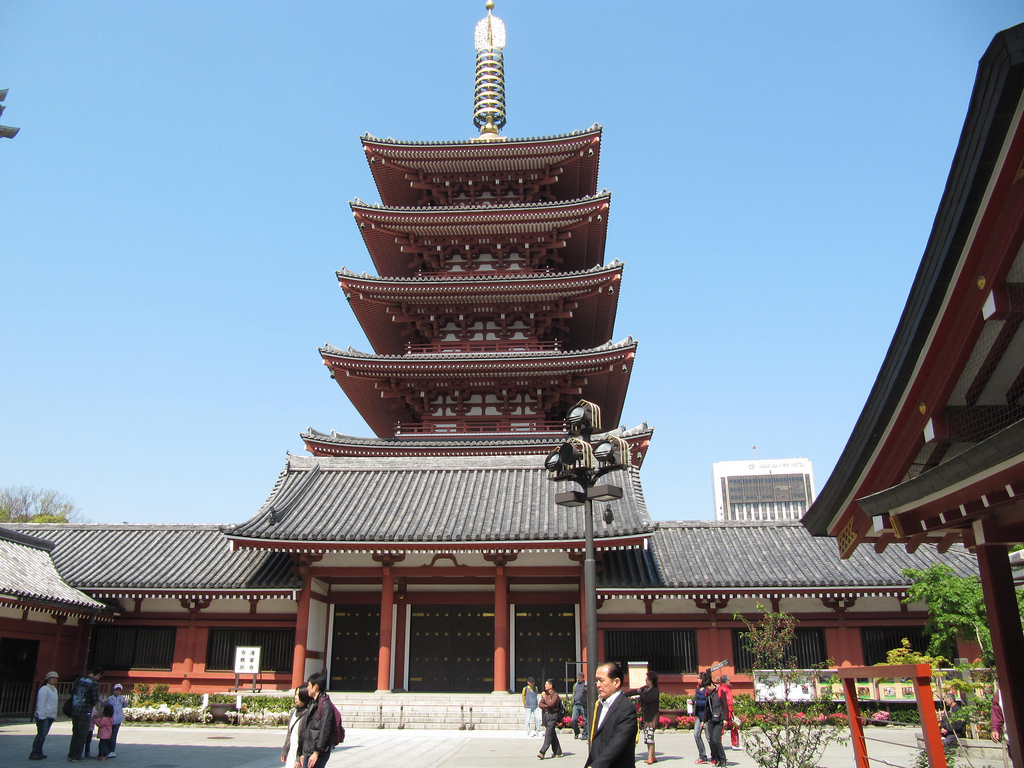
10 Things I love about Japan. elephant journal
Discover Yourself at a Zen Temple Live like a monk and meditate in serene natural surroundings Experiencing the life of a Buddhist monk is an interesting opportunity for travelers who want a deeper exploration of Japan, and themselves.

Kinkakuji Temple (Golden Pavilion) GaijinPot Travel
The Soto Zen School has two head temples. One is the Soujiji in Tsurumi, Yokohama. The other is the Eiheiji in Fukui Prefecture. In 1244, Dogen Zenji, the founder of Soto Zen, opened a temple called the Sanshoho Daibutsuji, the name of which was later changed to Kichijozan Eiheiji. This was the beginning of the Eiheiji as we know it now.